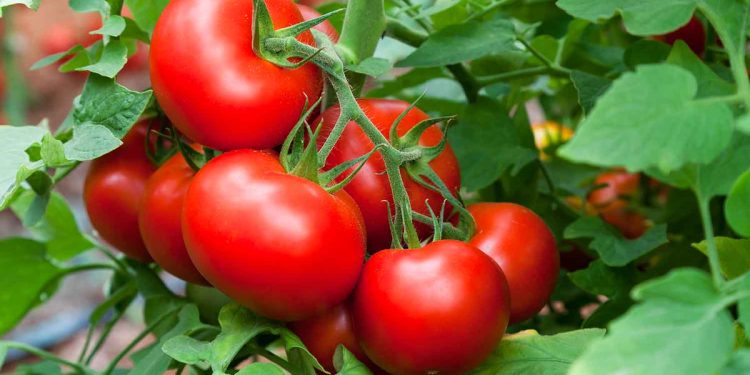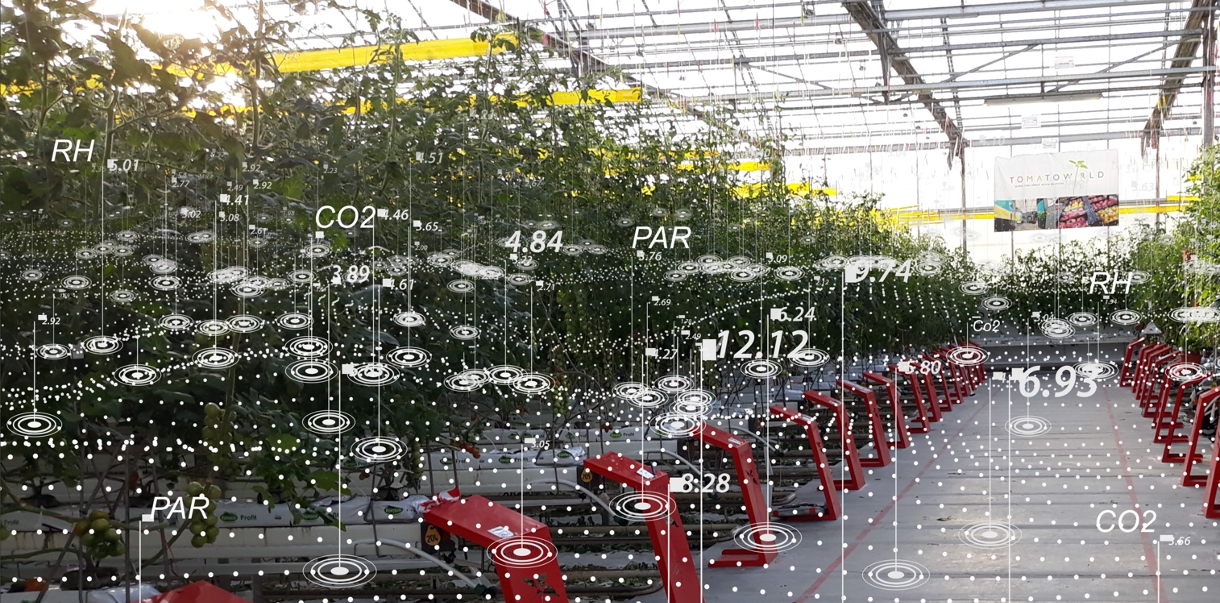Solanum lycopersicum, commonly known as tomato, is one of the most popular vegetable crops worldwide. However, tomato farming is not without its challenges. In this article, we will discuss tips and strategies for successful tomato farming that can help you achieve high yields and profits.
According to the Food and Agriculture Organization (FAO), global tomato production has steadily increased over the past decade, with the top five producers being China, India, the United States, Turkey, and Egypt. However, the tomato market can be volatile, with prices fluctuating depending on supply and demand.
To achieve success in tomato farming, it is important to start with healthy, disease-free seedlings. Proper irrigation and fertilization are also critical for optimal growth and high yields. Mulching and pruning can help manage weeds and improve plant growth and fruit quality. Pest and disease management is another important aspect of tomato farming, and should be done through integrated pest management strategies to minimize the use of pesticides and protect the environment.
New technologies and farming practices are also being developed to help tomato farmers achieve higher yields and reduce costs. For example, precision agriculture tools such as remote sensing and data analytics can help farmers make informed decisions about crop management. Hydroponic and vertical farming systems are also being explored as alternatives to traditional field farming.
In conclusion, successful tomato farming requires careful planning, attention to detail, and a willingness to adopt new technologies and farming practices. By following the tips and strategies outlined in this article, you can maximize your tomato yields and profits.
#TomatoFarming #HighYields #IntegratedPestManagement #PrecisionAgriculture #Hydroponics #VerticalFarming #Sustainability












